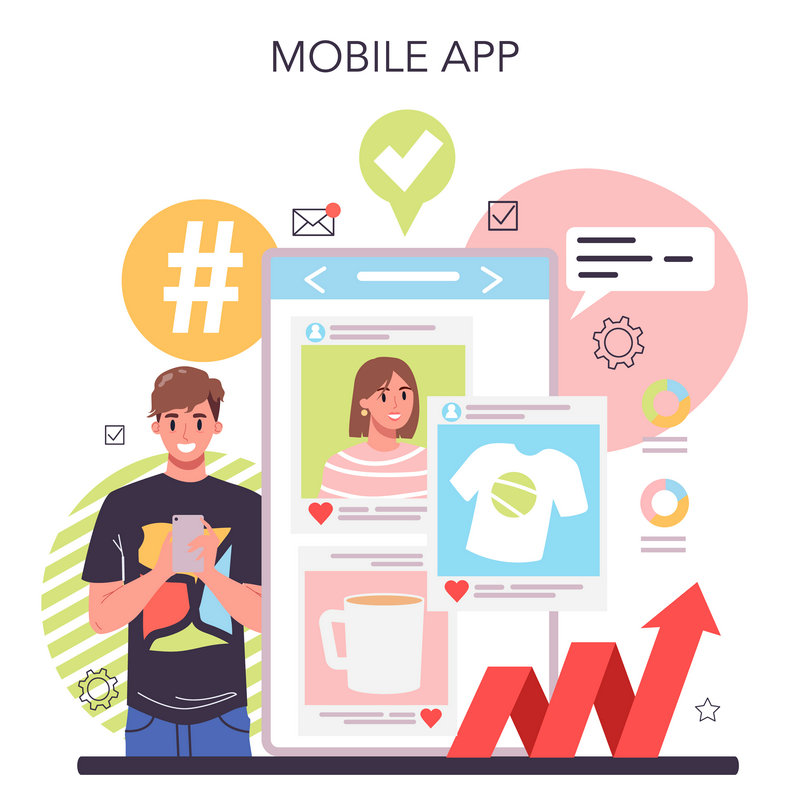Monetize Smarter: Where IAA Meets User Acquisition

When mobile apps think about growth, the conversation usually starts with user acquisition. But acquiring users without a plan to monetize them can lead to a short runway. That’s where IAA marketing — in-app advertising — becomes a powerful companion to user acquisition marketing. Together, they form a balanced strategy that drives both scale and sustainability.
Why IAA and UA Shouldn’t Be Treated Separately
Traditionally, teams often work on monetization and acquisition in silos. The growth team brings in users, while the monetization team figures out how to earn from them. This separation might work for a while, but it leaves opportunities on the table.
Here’s the problem: if you're aggressively acquiring users without knowing their Lifetime Value (LTV) — especially from ad revenue — you could be overspending on low-value users. On the flip side, optimizing only for monetization might lead you to miss acquiring users who bring long-term value.
Instead, imagine what happens when both strategies inform each other.
Data is the Bridge
The glue that connects IAA and UA is data. Platforms like AppLovin, ironSource, and Unity Ads provide robust analytics on ad impressions, click-through rates, and ARPU (Average Revenue Per User). When this data is piped back into your user acquisition strategy, you can fine-tune your bids based on real monetization potential.
Rather than optimizing purely for install volume, you start optimizing for ROI-positive installs. This leads to smarter spending, better targeting, and ultimately, more profitable growth.

Segmentation Makes or Breaks It
Not every user is going to monetize through ads. That’s okay — the key is to segment your users by behavior and predicted value. Some cohorts will generate revenue primarily through ads, others through in-app purchases, and some may just contribute engagement and virality.
An advanced UA strategy takes these cohorts into account during campaign optimization. For instance:
High-ad-engagement users → Prioritize in markets with strong eCPMs
IAP-potential users → Retarget with IAP-focused creatives
Non-monetizers but high-retention → Use for community building and referral programs
Creative Strategy: Speak to Intent
Blending IAA and UA also influences your ad creative. If you know your monetization model relies heavily on rewarded video ads, consider showcasing those rewards in your acquisition creatives. For instance, showing gameplay that highlights reward loops or ad-based progression can attract the right kind of players.
Measurement is Everything
Without accurate tracking, none of the above matters. Use MMPs (Mobile Measurement Partners) to attribute revenue and tie it back to acquisition sources. Whether it's Adjust, AppsFlyer, or Singular, make sure you're capturing both click-to-install paths and post-install monetization events.
Track metrics like:
eCPM per user source
Retention curves by ad engagement
ROAS (Return on Ad Spend) over 7/14/30-day windows
These insights give you the power to iterate — and iterate fast.
Final Thoughts: The Growth Flywheel
When IAA marketing and user acquisition marketing feed into each other, your app starts to create a growth flywheel. Profitable users fund more acquisition, and smart acquisition drives higher monetization.
In today’s competitive app market, it’s no longer about choosing between growth and monetization — it’s about designing a system where they fuel each other.









